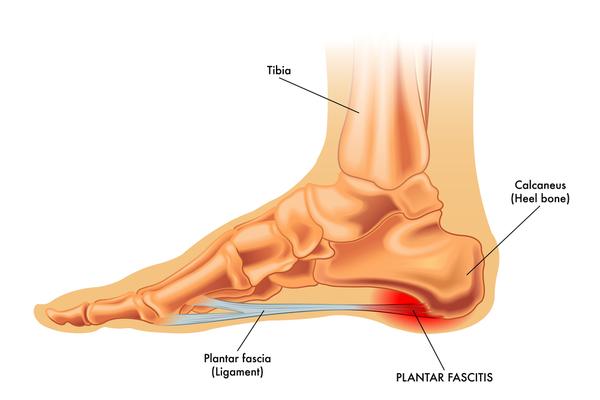Foot Health

Why do we have feet problems?
- Feet can change in structure due to weight gain, improper posture and ill-fitting shoes. This can lead to pain, corns and callouses due to incorrect weight distribution.
- Our feet are prone to infections, including bacterial and fungal infections due to improper hygiene.
- Feet also get injured quite easily, like sprains and fractures.
Which are the common foot problems?
There are some foot problems that are quite common.
- Foot cramps– Some people experience foot cramps, especially at night. This can be due to long periods of standing or wearing ill fitting footwear. Other reasons could be a lack of nutrients like calcium or potassium. Sometimes, cramps can be due to a lack of proper blood circulation, especially if the feet tend to get cold and blue. Smokers especially are prone to such issues. Increasing your intake of milk, lemon water and warm salt water soaks might help if the cramps are due to some deficiency. In case the pain persists, it might be a good idea to get a checkup by your doctor.
- Corns and calluses– Corns and calluses are common foot problems. These can be due to ill fitting footwear or some structural issue with the feet, like flat feet. Orthotic support, like foot supports, heel pads or orthotic shoes can help to alleviate the problem.
- Toe nail issues– Most people don’t realize that the toe nails can be affected by many diseases. The commonest is fungal infection of the toe nails, in which there is discoloration of the nails and they can spontaneously fall off too. Nails can also be affected by psoriasis, so it’s best to get a checkup by your doctor if you notice any changes in your nails.
- Itchy, scaly feet– Dry feet can be due to a lack of moisture in the feet. It can also be due to a fungal infection or a long term allergic condition, like eczema. In case regular moisturizing is not helping, then it’s best to consult your doctor.
- Diabetic foot– People with diabetes are prone to getting infections of the feet, even leading to gangrene of the foot. This is called diabetic foot and occurs due to a decrease in the blood supply of the foot and also a decrease in the sensations in the feet. As a result, the affected person doesn’t pay attention to minor injuries and infections in the feet and the condition tends to worsen rapidly. For diabetics, good foot hygiene is an essential part of diabetes care. In includes proper cleaning and drying of feet and proper disinfection of injuries and immediate care in case there is some infection, like a boil.
How can one prevent foot problems?
- Wear comfortable shoes- Ill fitting shoes are a common cause of foot discomfort. It’s advisable to buy shoes in the afternoon as the feet expand during the day, so you’re more likely to get a comfortable fit.
- Basic feet hygiene- It’s important to wash your feet carefully with soap and a brush. Equally important is to dry them well as that keeps fungal infections at bay.
- Cut nails straight across and file them to prevent rough edges. By doing this it’s possible to prevent ingrown nails and hang nails.
- Changing socks often helps to prevent foot odour.
- Avoid wearing high heels all the time, wear comfortable shoes with a block heel or wedge heel to ensure the body weight is evenly distributed on the feet. This can prevent foot pain.
- Avoid going bare feet in the grass and in communal bathing areas as this can cause worms to enter the body via the feet and it can also cause fungal infections.
With some regular care and good foot hygiene, it’s possible to keep your feet in good running condition. We advocate medical supervision before beginning any treatment regime.
Sources:
https://www.healthline.com/symptom/foot-pain
https://www.mayoclinic.org/symptoms/foot-pain
https://reference.medscape.com/features/slideshow/common-foot-disorders



